The Bizarre Beauty of the Basel Foot Reliquary: A Step Back in Time
The Catholic Church has always been a treasure trove of curiosities, from stunning cathedrals to strange relics. But one of the weirdest—yet oddly captivating—items you’ll find is the Basel Foot Reliquary. Yes, you read that right: it’s a foot-shaped container covered in glittering gemstones, designed to hold a relic. And inside? Well, it’s even stranger than you might imagine.
What’s in the Box? The Allure of Reliquaries
Before diving into the oddity that is the Basel Foot Reliquary, let’s talk about reliquaries in general. These sacred containers have been around for centuries, serving as vessels to protect and display relics—physical remains of saints, holy figures, or objects they once touched. Think of them as the ancient version of a VIP showcase. But instead of displaying gold records or championship trophies, they held bones, hair, or scraps of clothing, all believed to have miraculous powers.
Reliquaries were more than just fancy boxes. They were works of art, crafted with love, devotion, and a whole lot of precious metals and jewels. The idea was to create something so awe-inspiring that even the most skeptical soul would feel a spark of faith—or at least be impressed by the craftsmanship. And honestly, who wouldn’t be intrigued by a foot-shaped relic holder?
A Foot for All Seasons: The Basel Foot Reliquary
Now, let’s get to the star of the show: the Basel Foot Reliquary. This little beauty hails from around 1450, a time when religious fervor was at its peak, and everyone who was anyone wanted a relic. Basel, a city known for its rich artistic heritage, produced this stunning piece. The reliquary is made of silver-gilt and decorated with intricate engravings, gemstones, and a glass window to give you a peek at what’s inside. Spoiler alert: it’s not just a pretty foot.
Crafted with meticulous detail, the reliquary isn’t just any old foot. It’s an anatomically accurate foot—because if you’re going to create a foot-shaped container, you might as well get the details right, right? This foot was once housed in the treasury of the Basel Minster Cathedral in Switzerland but now resides in the Swiss National Museum, where it continues to baffle and amaze visitors.
Whose Foot Is It, Anyway?
The big question is: whose foot is in there? The answer is… nobody knows for sure. The relic inside is said to be the foot bones of a little boy from Bethlehem, one of the innocents murdered by the orders of King Herod, according to one account. This grisly connection only adds to the eerie allure of the reliquary, making it a piece of history that’s both fascinating and a little bit creepy.
Artistry Fit for a King—or a Saint
The Basel Foot Reliquary isn’t just a bizarre object; it’s also a masterpiece of medieval art. The silver-gilt body is adorned with gemstones, and the engravings are a testament to the skill of the artisans of the time. This reliquary reflects the Gothic style that was all the rage in the 15th century, with its intricate details and focus on realism. In fact, the reliquary was so impressive that it was even featured in Henry Shaw’s 1851 book, The Decorative Arts Ecclesiastical and Civil of the Middle Ages. Shaw, an English engraver and draftsman, had a knack for finding and documenting the most beautiful and unusual artifacts from history.
Faith, Foot Fetishes, and Pilgrimages
So, what’s the deal with reliquaries, anyway? Why did people go gaga over these things? In medieval Europe, reliquaries were more than just fancy decorations; they were central to religious practices. These containers weren’t just about holding relics—they were about connecting believers with the divine. The faithful believed that relics could intercede with God, perform miracles, and offer protection. If you were lucky enough to have a significant relic in your church, you could expect a steady stream of pilgrims, all hoping to catch a glimpse of the holy object and maybe snag a miracle or two.
This obsession with relics turned pilgrimage into a major aspect of medieval life. People would travel long distances to visit sites that housed important relics, seeking everything from healing to forgiveness for their sins. The presence of a relic like the one in the Basel Foot Reliquary could elevate the status of a church, turning it into a must-visit destination for the devout and the curious alike.
A Foot in the Door of Art History
Reliquaries like the Basel Foot didn’t just play a role in religious life; they were also key to the development of medieval art. The need to create containers worthy of holding sacred relics pushed artisans to new heights of creativity and skill. These objects often reflected the artistic styles of their time, serving as snapshots of the craftsmanship and aesthetics of different historical periods.
And it wasn’t just about local talent. The production of reliquaries often involved collaboration across regions, with artisans sharing ideas and techniques. This exchange of knowledge helped spread artistic styles throughout Europe, making reliquaries an important part of the continent’s cultural and artistic development.
The Legacy of a Fancy Foot
Today, reliquaries like the Basel Foot are preserved in museums, where they continue to captivate and confuse visitors. These objects offer a window into a world where faith, art, and history intersected in the most unexpected ways. The Basel Foot Reliquary, with its blend of bizarre and beautiful, stands as a testament to the enduring power of belief and the human desire to connect with something greater than ourselves.
As we continue to study and admire these relics from the past, we gain a deeper understanding of the spiritual and artistic legacy they embody. And maybe, just maybe, we also get a little closer to understanding the people who created and venerated them—people who, like us, were searching for meaning in a world full of mystery.
So next time you’re in a museum and come across a foot-shaped reliquary, take a moment to appreciate the artistry, the history, and the sheer weirdness of it all. Because in the end, it’s not just a foot; it’s a fascinating piece of our shared cultural heritage. And who knows? Maybe it’s got a miracle or two left in it.


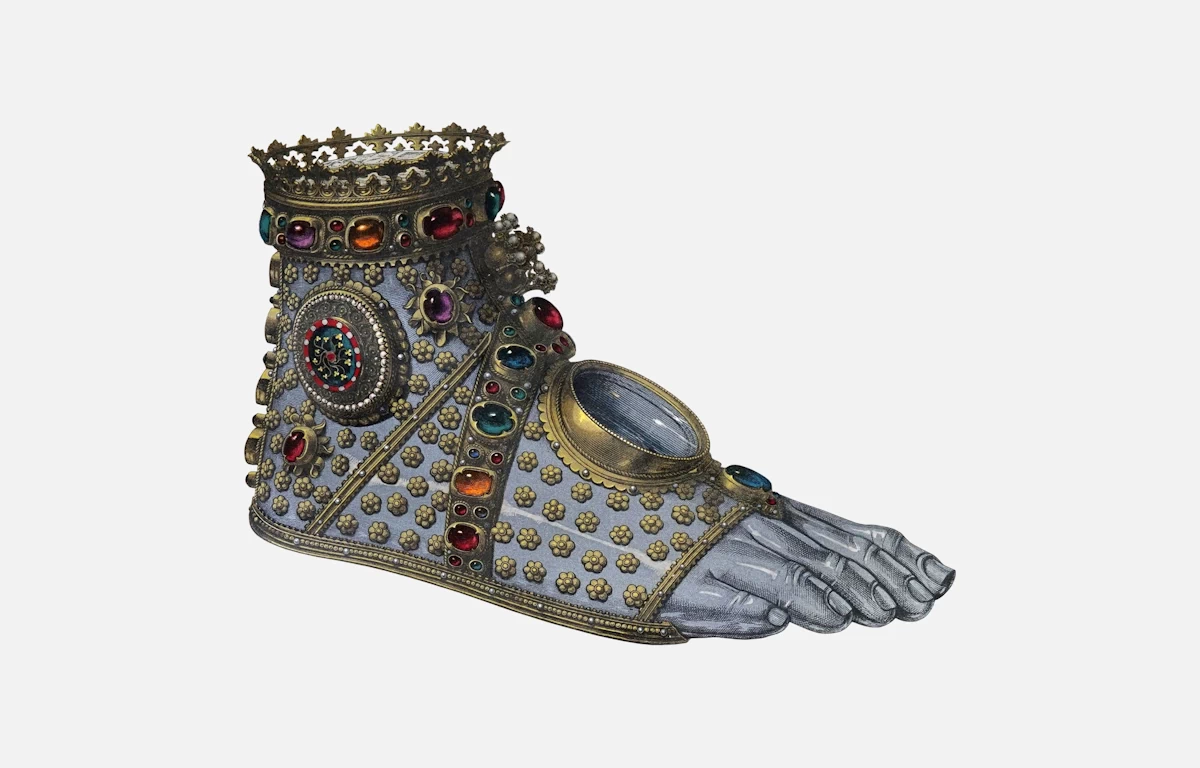
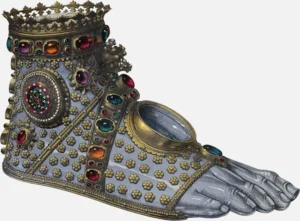
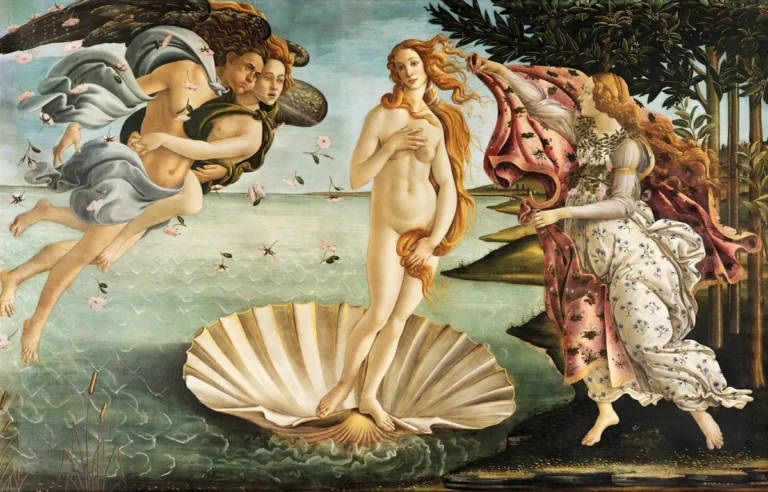
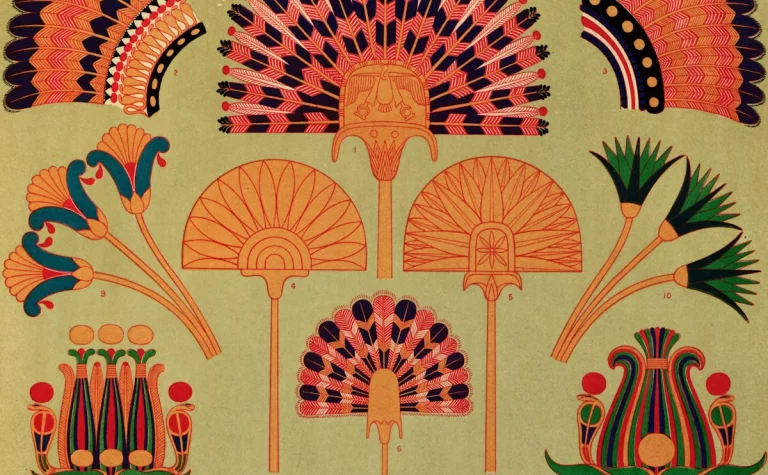
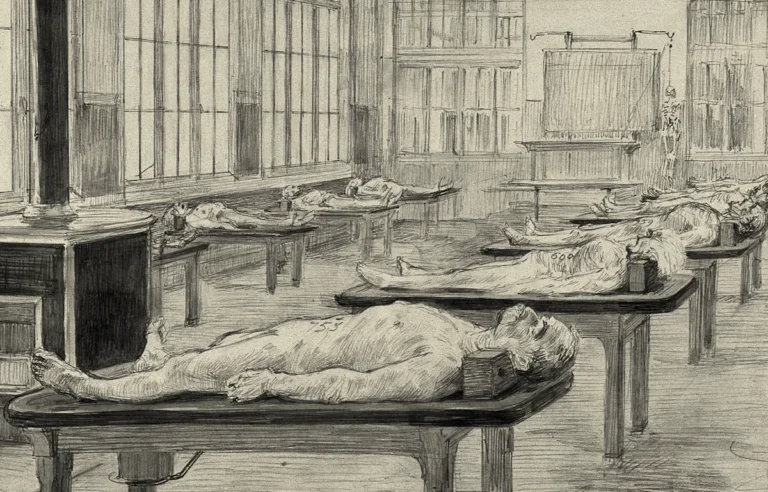
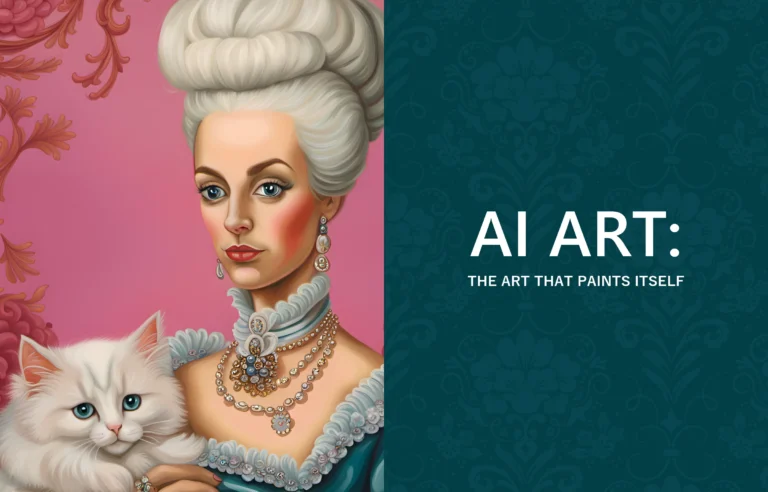
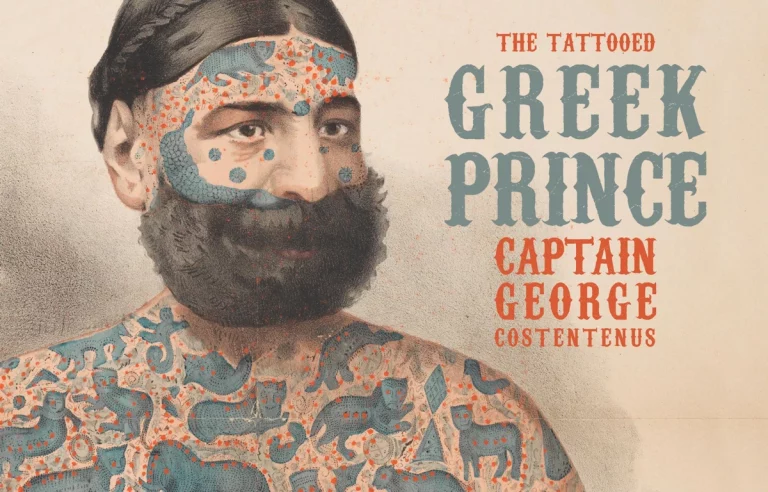

One Comment
Comments are closed.